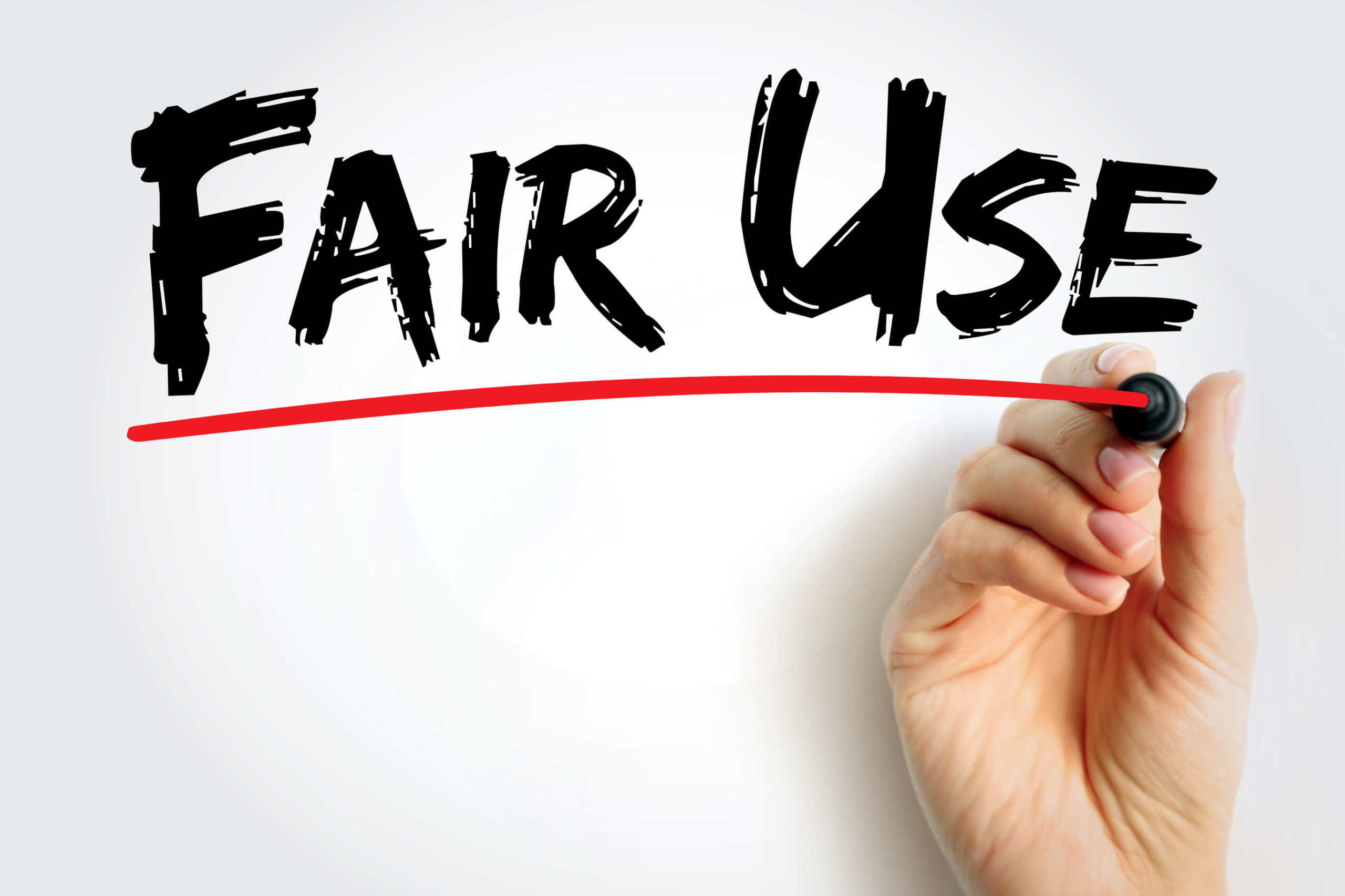Are you worried about the legal implications of using someone else’s work on your blog, website, or social media?
Sharing and repurposing content is commonplace in the digital age. As a result, understanding the boundaries of copyright law is more critical than ever.
Fair use disclaimers can be a shield against potential copyright infringement claims. But how confident are you in writing one that is effective and legally sound?
This guide will introduce you to how to write a fair use disclaimer that aligns with current legal standards. Reading it will be your first step toward mastering the art of fair use.
When Do You Need a Fair Use Disclaimer?
Fair use disclaimers are often necessary in education and scholarship. Teachers and researchers use parts of copyrighted works for classes or studies. For instance, a teacher might show a film clip in a media class, or a researcher could quote a book in an analysis. A fair use disclaimer clarifies the educational purpose. But, educational use doesn’t automatically make it fair use.
Content creators like bloggers and YouTubers also need fair use disclaimers. They might use copyrighted material for reviews or commentary. A YouTube movie review might include film clips. A podcast on current events may use news snippets. Here, a disclaimer shows the content is for critique, education, or news. Content creators should remember that their use type matters for fair use.
A common mistake is thinking all non-commercial or educational uses are fair use. Non-commercial use helps, but it’s not a guarantee. Crediting the source or using a small part doesn’t alone make it fair use. Fair use depends on all four statutory factors. It’s a legal defense, not a right. Misunderstanding this can lead to copyright issues.
Critical Elements of a Fair Use Disclaimer
Creating a fair use disclaimer is about more than meeting legal requirements. It shows you have used copyrighted materials ethically and responsibly.
Your disclaimer should clearly state your intent, how you use the material, and why. This clarification makes it legally robust, transparent, and understandable to copyright owners and your audience. Here are other crucial elements you may include in your disclaimer for clarity and completeness:
- Purpose of Use: Clearly state the purpose of using the copyrighted material, such as for educational, commentary, criticism, or parody purposes.
- Nature of the Copyrighted Material: Describe the material used (e.g., book excerpt, film clip) and acknowledge its source.
- Amount and Substantiality: Specify the amount of the material used and justify why this amount is necessary for your intended purpose.
- Effect on Market Value: Address how your use of the material does not negatively impact the market value of the original work.
- Attribution: Properly credit the source of the copyrighted material, even though this alone does not constitute fair use.
- Transformational Nature: Explain how your use adds new expression, meaning, or message to the original work, thereby making it transformative.
- Disclaimer of Endorsement: Include a statement that your use of the material does not imply endorsement by the original creator or copyright holder.
- Good Faith Assertion: Assert that your use is an interpretation in good faith and not intended for infringement.
- Contact Information: Provide your contact information for any queries or concerns.
In writing a fair use disclaimer, aim for clarity and simplicity. Your goal is to be understood by everyone, not just legal professionals. Use clear, simple language. Steer clear of complex legal jargon that might confuse or intimidate. This way, your disclaimer is accessible to those without legal expertise.
Writing the Disclaimer
Start your fair use disclaimer by specifying the material used and its source. Include the title, author, or creator, and describe the material’s nature, like a book excerpt or movie clip. Then, state the purpose of your use: for education, commentary, criticism, or parody. Be precise; vagueness weakens your fair use claim. Explain why your use aligns with fair use principles, focusing on how it is transformative.
Address each fair use factor in order. Discuss your use’s transformative nature and non-commercial purpose, if relevant. Consider the nature of the copyrighted work you’re using and why it’s necessary.
For the third factor, be clear about the portion used, justifying its appropriateness for your purpose. Finally, assess and affirm that your use doesn’t harm the original work’s market value.
Conclude by restating your belief that your use is fair. Provide your contact information for any questions. This approach ensures your disclaimer is comprehensive, legal, and tailored to your usage.
Discuss Fair Use Disclaimers With a Local Lawyer
Fair use law can be challenging, but an educated approach makes it possible to use copyrighted materials responsibly. While fair use disclaimers are essential tools, they are not infallible shields against legal disputes. Tailoring them to your context and keeping up with changes in the law are critical to protecting yourself.
However, nothing can replace the assurance that comes from professional legal advice. If you have questions, we can help you find the answers. We have helped over five million people in the United States find the legal help they need.
Ask for a referral today by calling (866) 345-6784 or completing the form on our homepage!

